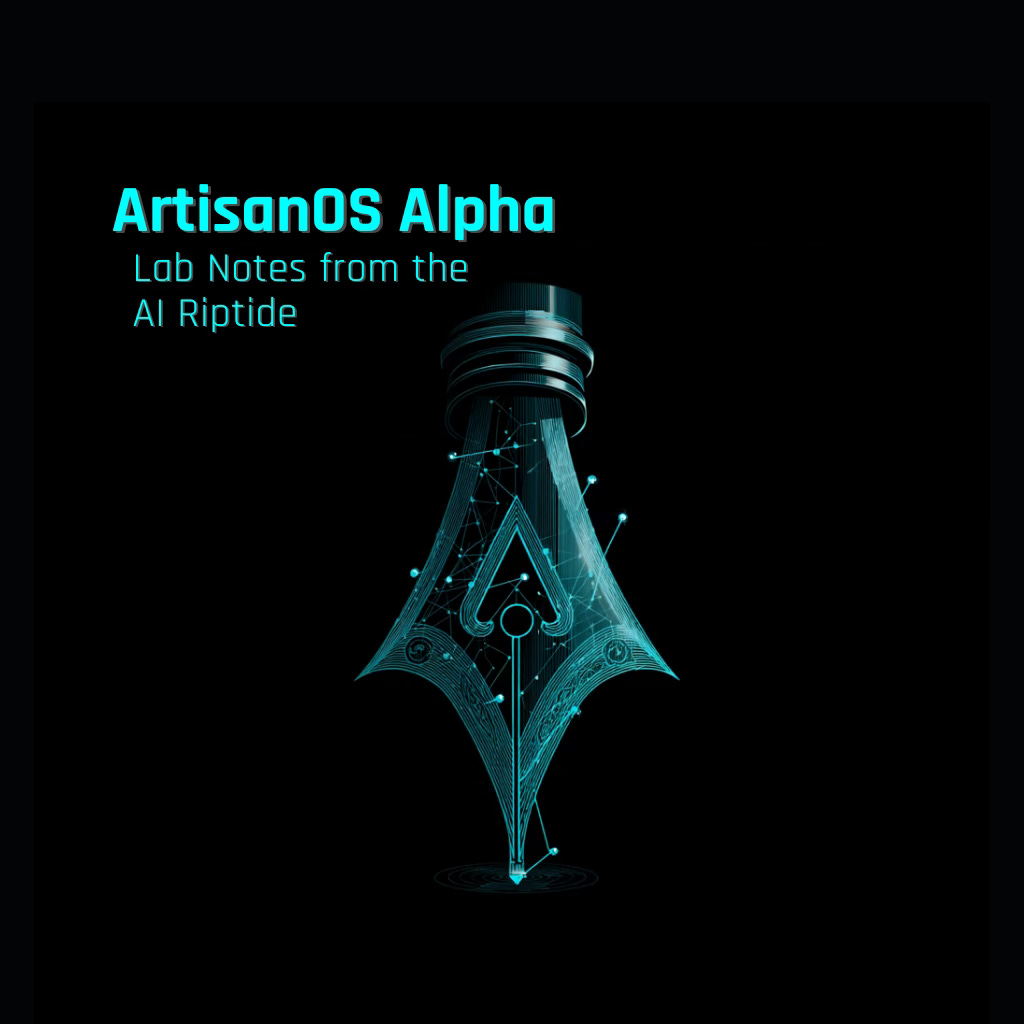The Science of Creativity: What Neuroscience Tells Us About Being More Creative
Harnessing Your Brain’s Networks to Ignite Everyday Creativity
🎨 Creativity
A tricky little devil. Something folks chase. Others envy. Philosophers wrestle with it. Artists breathe it. Scientists dissect it. We've always pictured it as a bolt from the blue, an inspired stroke that sneaks up unannounced. What if creativity ain’t magic? What if it’s machinery, gears turning behind your skull, real and tangible?
For ages, the mind's inner workings sat quiet - hidden inside a locked room. But now, thanks to neuroscience, we've picked the lock. Brain scans like fMRI, fancy as they sound, lift the curtain. Turns out creativity isn’t a divine lottery ticket. It’s teamwork inside the brain. Networks. Connections. Systems.
This piece shines a torch into the neuroscience of creativity. It tells how creativity ticks and shows how you can wind it up yourself.
🧠 The Brain's Creative Networks: A Dance of Systems
Old-fashioned view said your brain splits duties: right-brain creative, left-brain logical. Simple story, neat, tidy—and wrong. Science paints a messier picture. Turns out creativity lives in no single lobe. It springs from chatter—conversation among brain systems.
Two lead players dominate the dance floor - the Default Mode Network (DMN) and Executive Control Network (ECN).
The Dreamer—Default Mode Network (DMN):
Ever solve your troubles in a hot shower or an empty street stroll? Thank the DMN. It sparks when your mind wanders free. Daydreaming, idle thoughts—these are DMN’s wheelhouse. It stitches memories, imagines futures. DMN mixes random ideas, giving birth to surprises.
The Sharp Shooter—Executive Control Network (ECN):
DMN dreams. ECN trims. The ECN weighs and judges. It sorts good ideas from bad, turns vague thoughts into clean plans. Call it the brain’s inner editor. Necessary. Disciplined.
One study in the Proceedings of the National Academy of Sciences found the truly creative juggle these two better than most. They blend wandering and clarity seamlessly, smoothly.
And there's a third actor: the Salience Network (SN). SN decides what's worth noticing. It keeps an eye on the DMN’s internal musings and ECN’s external vigilance. Think of SN as a smart traffic cop, directing mental traffic just right.
💡 The Flash: Capturing the "Aha!" Moment
We've all felt it - the sudden flash, the bright burst: the “Aha!” moment. Neuroscientists even caught it in action. Using EEG, they spotted gamma waves—quick bursts of electrical activity—right before a breakthrough. A spark. Literally.
And chemicals matter. Neurotransmitters, dopamine especially, drive creative wheels. Dopamine fuels curiosity, flexibility, a thrill for discovery. It rewards us when we stumble upon something fresh. A fine chemical kick.
🏋️ Training Creativity: Your Brain at the Gym
Here's the kicker—creativity isn't set in stone. Your brain is flexible. It adapts. The science calls it neuroplasticity. You can sharpen your creativity deliberately. Here’s how:
Loaf Around: Time spent idle ain’t wasted. Mind-wandering isn't laziness—it’s creativity simmering. Go phone-free. Take long strolls. Daydream. Let the DMN work.
Seek Newness: The brain hungers for novelty. Learn something fresh. Explore. Meet people unlike yourself. The brain builds new pathways, new bridges between ideas.
Practice Mindfulness: Paying attention to the here and now seems opposite of drifting. Yet mindfulness bolsters the Salience Network. Sharpens it. Clears clutter. Lets weaker, intriguing ideas slip through.
Sleep Well: Sleep stitches memories together, rearranging experiences. Especially REM sleep—the deep kind. Rest fuels creativity. Sleep matters.
Alternate Thinking Styles: First brainstorm wildly. Let DMN run free. Later, invite ECN in to evaluate, prune, and polish. Keep the modes separate, intentional.
🌱 Creativity’s Science is Still Young
But already, it busts myths. Creativity isn't reserved for the lucky—it’s brainwork. Understandable. Trainable. Powerful. Learn your brain’s language. Care for it. Do it right. Soon enough, creativity won't feel mysterious - it’ll feel like yours.
References:
Beaty, R. E., Kenett, Y. N., Christensen, A. P., Rosenberg, M. D., Benedek, M., Chen, Q., & Kwapil, T. R. (2018). Robust prediction of individual creative ability from brain functional connectivity. Proceedings of the National Academy of Sciences, 115(5), 1087-1092.
Dietrich, A., & Kanso, R. (2010). A review of EEG, ERP, and neuroimaging studies of creativity and insight. Psychological Bulletin, 136(5), 822–848.
Kounios, J., & Beeman, M. (2014). The cognitive neuroscience of insight. Annual Review of Psychology, 65, 71-93.
Said-Metwaly, S., Van den Heuvel, M. P., & Reuter, M. (2021). The role of dopamine in creativity. Neuroscience & Biobehavioral Reviews, 125, 24-34.
Zabelina, D. L., & Condon, D. M. (2020). Openness to experience and creativity. In The Cambridge Handbook of the Neuroscience of Creativity (pp. 317-331). Cambridge University Press.
Instant access. No commitment. Cancel anytime.








